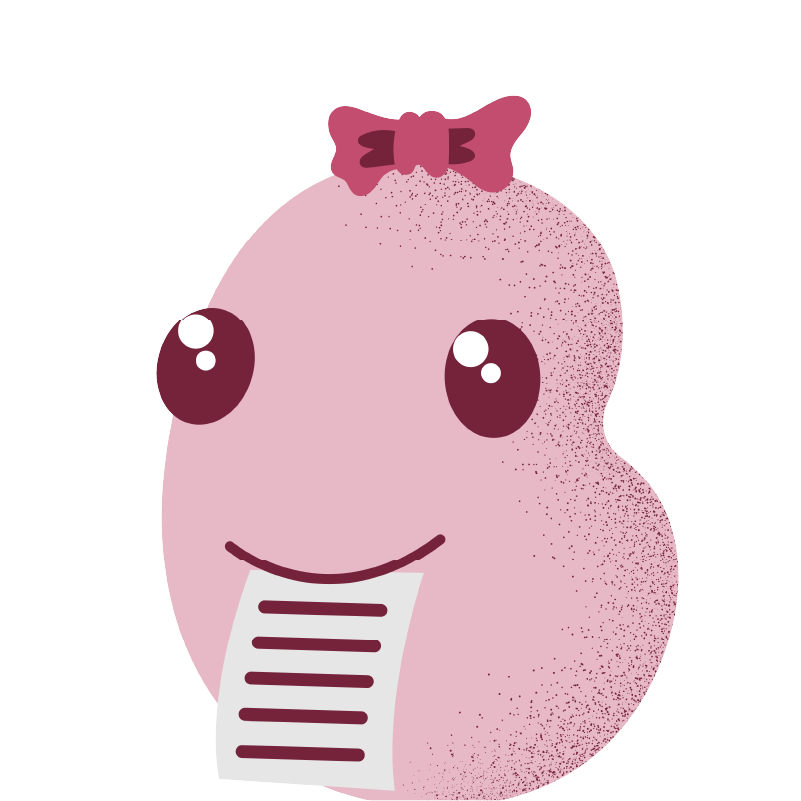Mathematics
for Kindergarten Students
See what skills your child will learn in Mathematics and how you can help at home.
Tip: Hover over icons to see definitions of key terms.
This is an example tooltip!

Expectations for Students
By the end of the year, Kindergarteners should know:
LEARNING KINDERGARTEN MATHEMATICS
Read, write & represent (with pictures or tallies) whole numbers from 0 to 31.
Count forward & backward to 20. Count objects to tell how many there are.
For group sizes up to 20, compare two groups of objects to tell which group has more.
Understand which of two written numbers between 1 & 20 is greater. For example, students should know that “6” is greater than“2”.
6 > 2
Act out addition & subtraction word problems. Draw pictures to solve the problems.
Add with a sum of 10 or less. Subtract from a number 10 or less.
Find the number that is 1 more or 1 less quickly & accurately. For example, 3 +1.
3 + 1 =
Everyday Activities
Tips for Talking to Teachers
A strong relationship between families and teachers is key to ensuring students have what they need to succeed. Parent involvement not only leads to higher grades and test scores, but also helps students develop self-confidence, motivation, and social skills. Knowing what questions to ask at school visits and parent-teacher conferences can help you feel confident when it comes to addressing your child’s’ academic needs.

